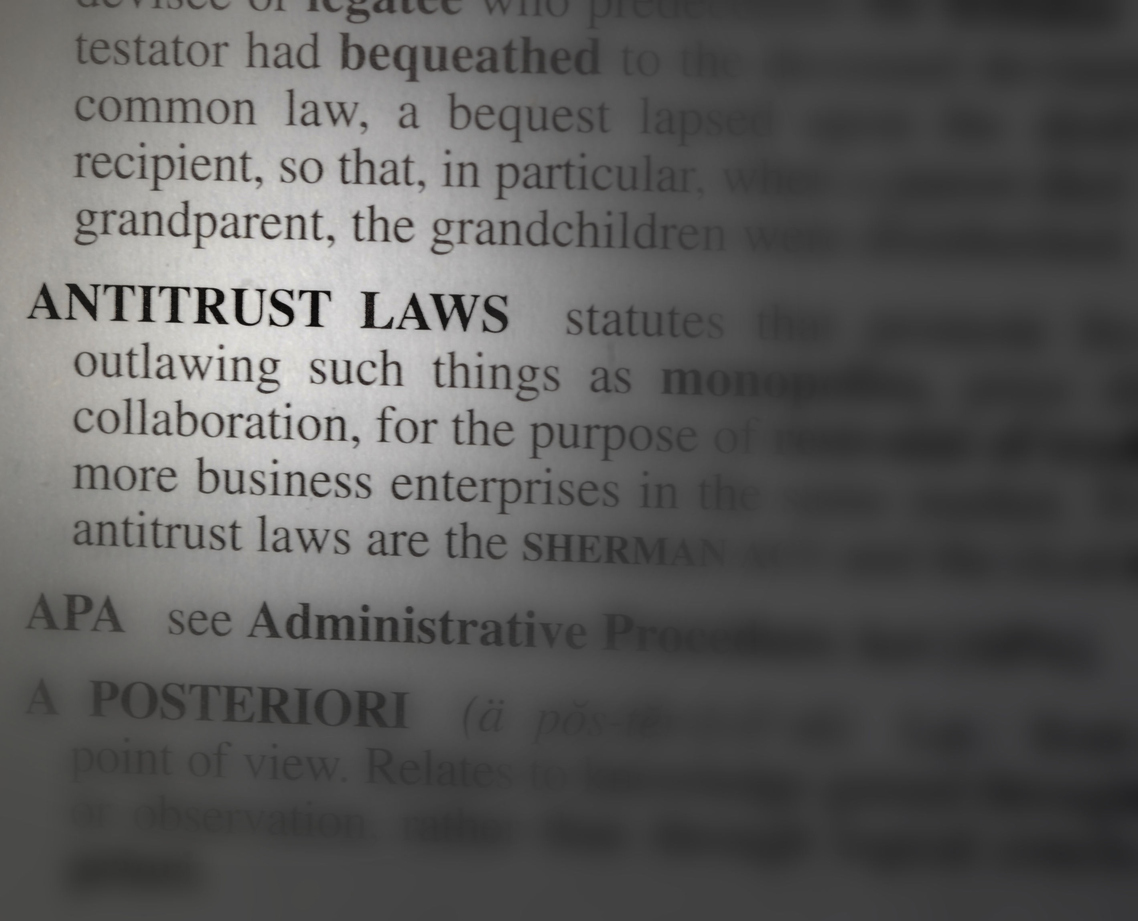The photos from Hurricane Michael show catastrophic loss from not only the storm surge, up to fourteen feet in some areas, but from winds and rain as well. For those that live far enough inland where surge and flood was not an issue, but still sustained water damage from rain, you may think your homeowners policy will cover you. There is however an exclusion in most policies, commonly called the “wind driven rain exclusion” that insurers will use to disclaim coverage.
The “wind driven rain” exclusion will exclude or limit water damage to the interior of a building unless the wind caused an opening in the envelope of the building, leading to an entry point for the water. Common policy language provides:
We will not pay for any loss that is a consequence of loss or damage as described and limited in this section…The interior of any building or structure, or to personal property in the building or structure, caused by or resulting from rain, snow, sleet, ice, sand or dust, whether driving by wind or not, unless the building or structure first sustains damage from a covered cause of loss to its roof or walls through which the rain, snow, sleet, ice, sand or dust enters.
Obviously, you’re not leaving your windows open during a large storm, so you may think it’s obvious that the water entered via damage from a covered cause of loss. The most common denial letter I see for water intrusion, once the above wind driven rain exclusion is cited, is one for lack of maintenance, or faulty workmanship. The insurance companies are agreeing to insure the loss if the building first sustains damage from a covered loss, then states there’s no way the major windstorm caused this damage, this was obviously from an: old roof, roof that had reached its life span, faulting seals/installation/old windows doors, poor workmanship upon original installation of windows/roof/doors, and my favorite—lack of maintenance. These reasons are generally not covered causes of loss under the policy, so the insurer adds these to the denial letter in order to deny coverage via wind driven rain exclusion.
As always, read your policy to know what types of damages you are insured against. If you’re making renovations or repairs to your home, keep records of what was done when, perhaps memorialize with photographs the finished product so if you are ever faced with a denial letter for ‘lack of maintenance’ you can show definitively the property was well maintained. And don’t be afraid to ask your agent what the coverages and exclusions mean in your policy.



